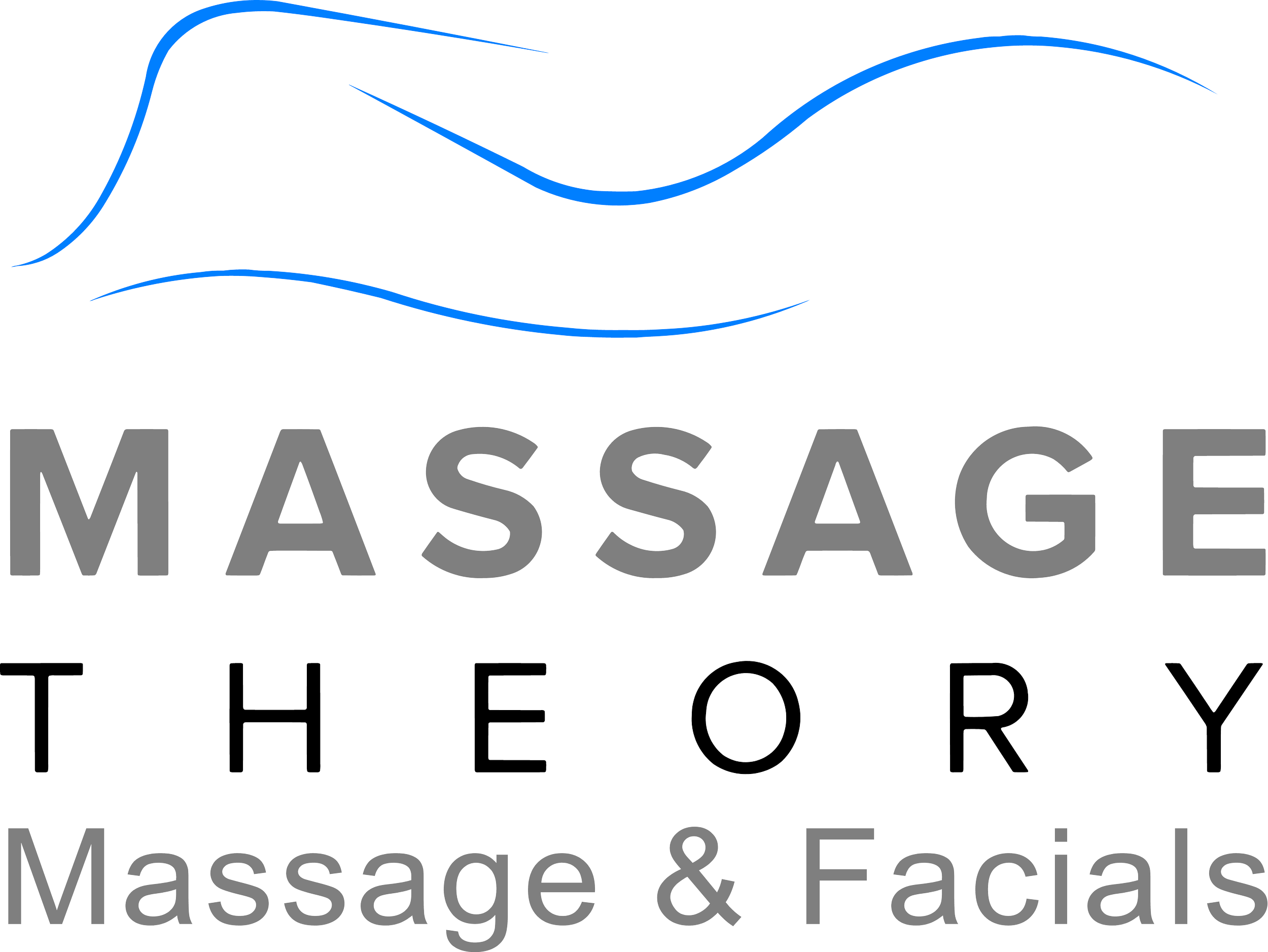When is the Best Time for a Prenatal Massage?
Prenatal massage may provide much-needed relief during later stages of gestation. An experienced massage therapist knows exactly where it's safest to massage during pregnancy and can detect signs of serious complications like placenta accreta or preeclampsia, yet some people remain uncertain whether prenatal massage is safe.
First Trimester
Prenatal massage can be safe for most pregnant women, though it is wise to obtain clearance from both your physician and midwife before beginning. Some massage therapists may not work with pregnant ladies in the first trimester due to an increased risk of miscarriage.
Leg work poses the additional risk of blood clots and emboli. Aggressive leg massage may dislodge one and result in embolisms.
Most therapists will ask mothers-to-be to lay on their side during a massage, supported by pillows and special cushion systems to provide maximum comfort. Massaging of the belly may make her baby move and cause discomfort; additionally, essential oils like clary sage which could potentially trigger contractions should be avoided by masseurs.
Second Trimester
Prenatal massage during the second trimester can be an ideal way to reduce physical strain from gestation and improve sleep quality, helping alleviate discomfort while increasing restful slumber. When speaking with your massage therapist about any specific discomforts or injuries that might arise from gestation, be sure to communicate any discomforts so they can adjust pressure or techniques as necessary.
A professional prenatal therapist will recognize which areas are sore, tender, or soreness-inducing; and understand how to prevent contractions by pressing certain pressure points that could trigger labor.
Contrary to regular massage sessions, clients receiving the prenatal massage will not lie flat on their back as this position could compress a blood vessel and interfere with circulation; instead, she will lie semi-reclined with pillows supporting her back and knees; additionally any essential oils contraindicated for pregnancy such as clary sage will be avoided during prenatal massage sessions.
Third Trimester
Massage becomes most beneficial during the last trimester of gestation. At this stage, the uterus rests upon muscles of the pelvic floor and lower back which may become tight, creating tension and pain that massage therapy can ease. Furthermore, poor circulation may lead to leg cramps; again, massage therapy may offer relief.
Prenatal massage should generally be safe; however, in cases of bleeding, abdominal hernias, or other serious complications it should be avoided.
Most practitioners will recommend a light massage. Although certain pressure points that could potentially trigger contractions might be avoided, risks are relatively low and you should consult your physician about getting prenatal massage for more information about risks and benefits; your physician can also refer you to certified massage therapists, doulas trained in prenatal massage techniques.
You want to make sure you time out your prenatal massage correctly. If you are working with a chiropractor, they can also make recommendations about when to get your massage for maximum benefits while you are pregnant.
